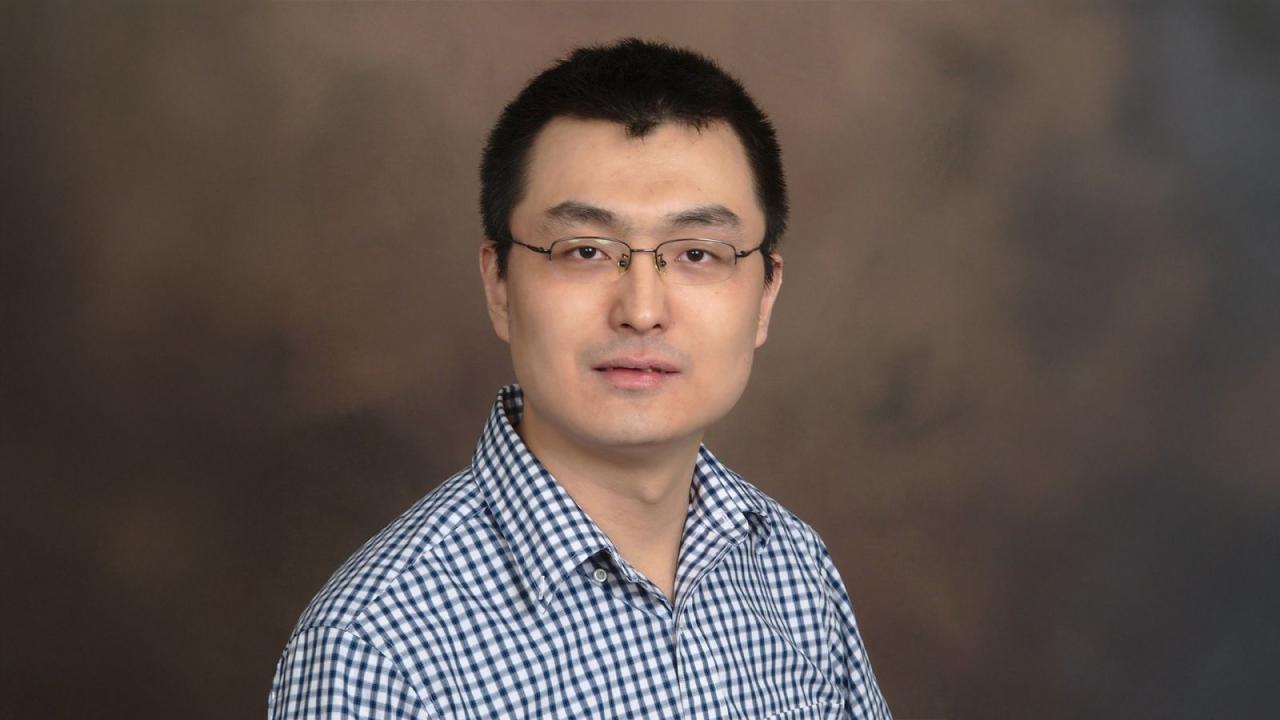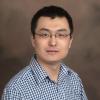Xiaonan Lu, an associate professor in Purdue University’s School of Engineering Technology, has been awarded a $1.44 million grant from the U.S. Department of Energy (DOE) to lead groundbreaking research in microgrid technologies. The project, titled “Dynamic Modular Microgrids: Real-Time and Packetized Microgrid Implementation,” will focus on enhancing energy resilience and accessibility for underserved tribal communities through innovative modular microgrid solutions.
Resilient energy systems
The research team aims to develop a Dynamic Modular Microgrid (DyM-MG) system that combines flexibility, resilience, and scalability. Designed to operate seamlessly in both normal and crisis conditions, DyM-MGs will utilize modular microgrids with standardized configurations. These modules can combine to form larger grids or separate into smaller units depending on community needs.
“By creating a flexible and scalable microgrid solution, we’re not only addressing immediate energy challenges but also building a model that can be replicated in other remote, rural, and underserved regions,” Lu explained.
The DyM-MG system will integrate with the leading industrial control automation platform through customized interfaces, leveraging established tools for efficient deployment. Additionally, the open-source nature of the DyM-MG solution ensures broader accessibility and adoption across diverse communities.
Collaboration with underserved communities
A cornerstone of the project is its focus on the underserved communities facing significant energy burdens. The DyM-MG system will be deployed and demonstrated at tribal facilities, with extensive training provided to local engineers for sustainable, long-term impact.
“The involvement of underserved community partners is essential,” Lu said. “This collaboration ensures that the solutions we develop are both effective and specifically tailored to meet the unique needs of underserved communities.”
Additional information

